Pittsburgh’s endurance through the decline of the steel industry in America is remarkable, however its lack of contemporary architecture in the city indicates that it is past its prime. The city is filled with wonderful historic pieces, but nothing new of note, that I have seen.
The city’s most important historic piece is the Cathedral of Learning at the University of Pittsburgh. It is the second-tallest university building in the world, at 535 ft, and by far the coolest. A rich Gothic style full of stained glass, wrought iron, and limestone cladding comes from an early nineteenth-century spirit of forward thinking and imagination. It was completed in 1931 after ten years of construction, and was designed by Charles Klauder. Klauder’s work at universities across the east cemented Thomas Jefferson’s vision of the university as an academic village, but with “collegiate Gothic” buildings. The Cathedral of Learning is still used by the entire campus as a central landmark, and battles the creeping blandness of today’s typical college architecture.
The interior is just as rich as the outside. The 52 ft commons room uses accoustic tiles between the true Gothic arch vaulting to quiet the enormous space. The structure is visually honest, and artistic stonework, wrought ironwork at the gates, calligraphy, stained glass, and slate floors give it a legitimate quality. The building has 2,000 rooms and 2,500 windows, with interiors decorated with antiques from recent centuries.
Secret Passages – Secret doors and passageways are to be found between rooms. The Greek Revival style Croghan-Schenley Ballroom is connected to the Oval Room via a hidden passage at the fireplace. A secret panal next to the blackboard in the Early American Room unlatches to reveal a staircase that leads leads to a 17th century-styled bedroom.
Not surprisingly, there are urban tales of ghosts in various rooms. Nothing really tragic has happened in the building and it never served as a residence, but perhaps the antique decorations imbue ghosts? Really, architecture is not be mythologically successful until it evokes stories of spirits.
World Culture Rooms – The Cathedral has 29 rooms dedicated to various nationalities around the world. About $300,000 is typically spent on furnishing each room to celebrate the culture of nations that have influenced Pittsburgh’s development, and they are decorated on the culture’s significant holidays. Eight more rooms are being planned. In today’s university environment that wants to ban cultural diversity instead of celebrate it, this harks back to a time when America sought an assimilation of world culture under a single edifice:
Indian Classroom:
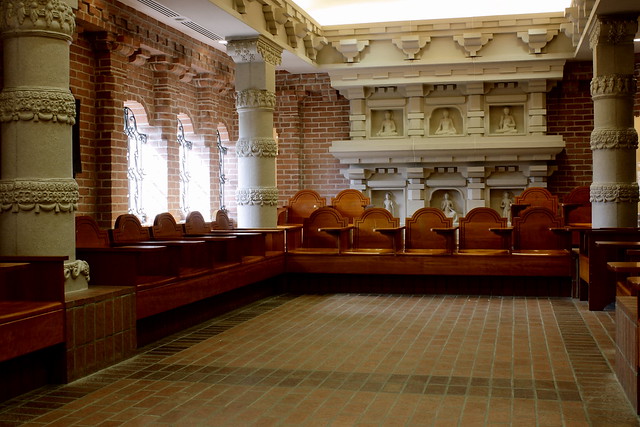
(brdonovan– flickr/creative commons license)
Japanese Classroom:

(Vironevaeh– flickr/creative commons license)
African Classroom:

(brdonovan– flickr/creative commons license)
Welsh Classroom:
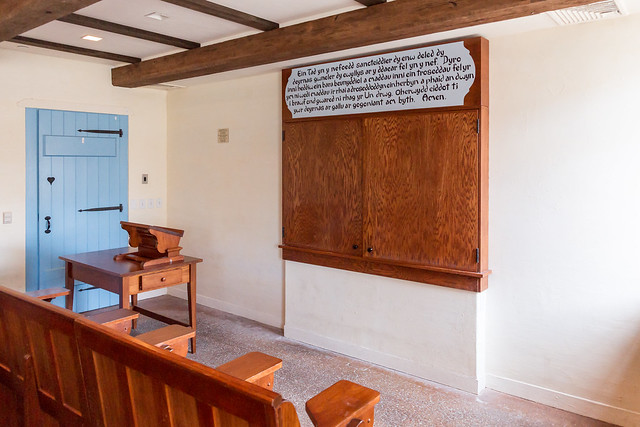
(Vironevaeh– flickr/creative commons license)
Hungarian Classroom:

(Vironevaeh– flickr/creative commons license)
French Classroom:

(Vironevaeh– flickr/creative commons license)
Greek Classroom:
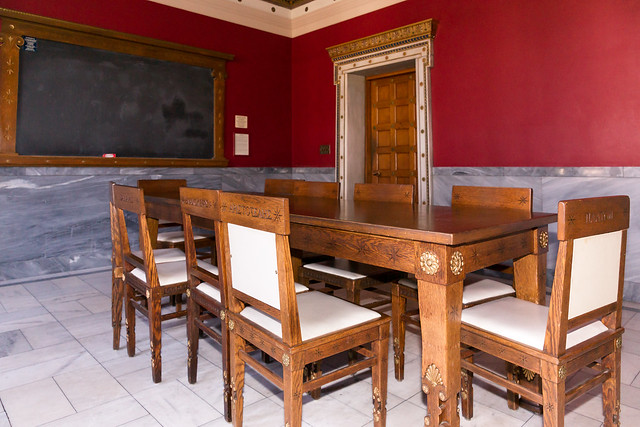
(Vironevaeh– flickr/creative commons license)
Turkish Classroom:

(daveynin– flickr/creative commons license)
Scottish Classroom:

(Vironevaeh– flickr/creative commons license)
Italian Classroom:

(Vironevaeh– flickr/creative commons license)
Czechoslovak Classroom:

(Vironevaeh– flickr/creative commons license)
Romanian Classroom:

(Vironevaeh– flickr/creative commons license)
Lithuanian Classroom:

(Vironevaeh– flickr/creative commons license)
Yugoslav Classroom:

(Vironevaeh– flickr/creative commons license)
Swedish Classroom:

(Vironevaeh– flickr/creative commons license)
Israeli Classroom:

(Vironevaeh– flickr/creative commons license)
English Classroom:

(daveynin– flickr/creative commons license)
Ukranian Classroom:

(daveynin– flickr/creative commons license)
Irish Classroom:
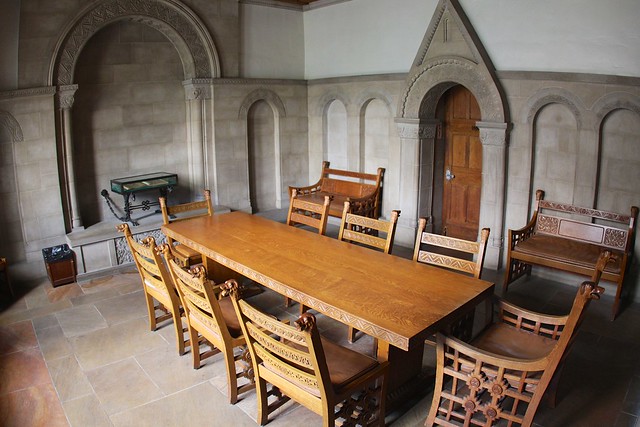
(daveynin– flickr/creative commons license)
German Classroom:
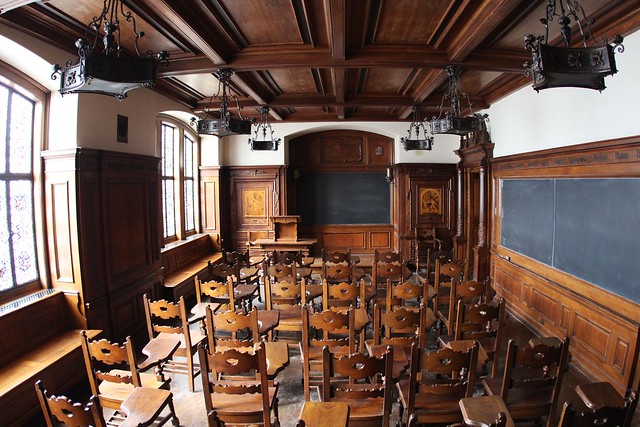
(daveynin– flickr/creative commons license)
Chinese Classroom:

(daveynin– flickr/creative commons license)
Austrian Classroom:
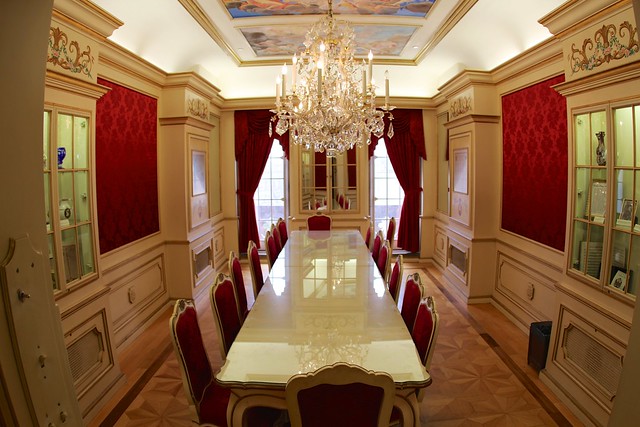
(daveynin– flickr/creative commons license)
Russian Classroom:

(daveynin– flickr/creative commons license)
Norwegian Classroom:

(daveynin– flickr/creative commons license)
Swiss Classroom:

(daveynin– flickr/creative commons license)
Commons study area:
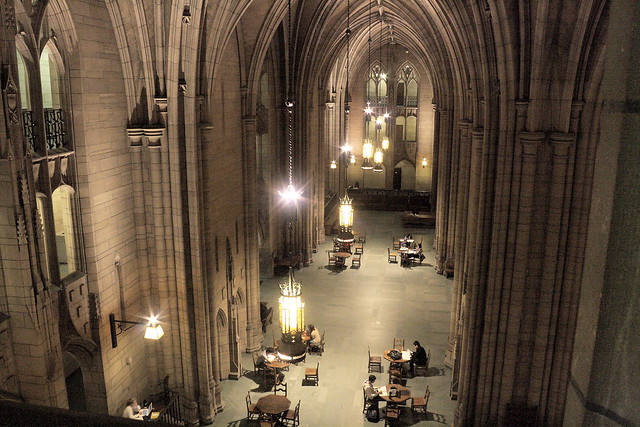
(brdonovan– flickr/creative commons license)

(Vironevaeh– flickr/creative commons license)

(daveynin– flickr/creative commons license)
More exterior views:
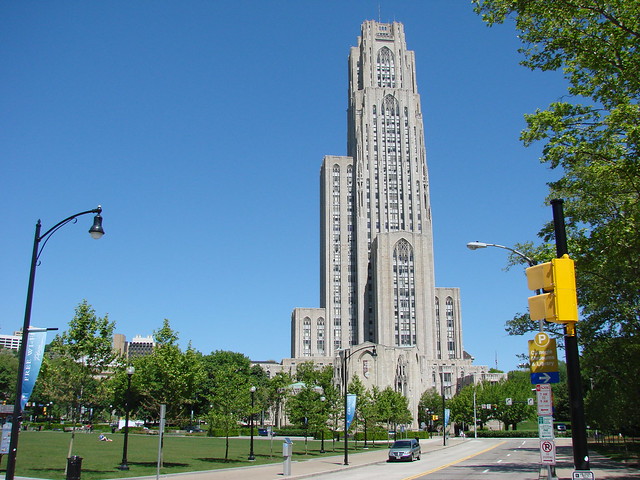
(Allie_Caulfield– flickr/creative commons license)


